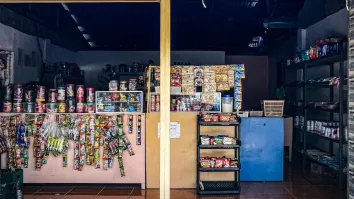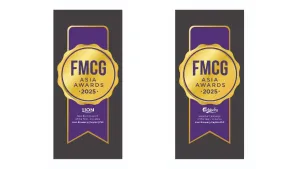
SG-based business-to-consumer e-commerce exports valued at $1.4b
MSMEs account for at least 45% of this amount, according to an Amazon report.
Findings from Amazon’s report, entitled “Local Sellers, Global Consumers: Capturing Singapore’s e-commerce export opportunity” point to a value of $1.4b for Singaporean-based business-to-consumer e-commerce exports.
Over 300 Micro, Small and Medium Enterprises (MSME) from Singapore were surveyed, while the report itself was prepared through a consultation with AlphaBeta. It is the first of its kind to analyze the size of Singapore’s e-commerce export potential.
A growth rate of 5% per year is expected, with the value in 2026 reaching $1.7b. However, if MSMES are able to speed up their adoption of e-commerce, this is expected to reach $3.5b in 2026.
Around one-quarter, or 24%, of MSMEs in Singapore conduct B2C e-commerce, with more than 90% using it for export purposes.
Around 87% of those surveyed agreed that e-commerce affected their ability to export, with most pointing to the ability to reach overseas customers, access to sales and marketing tools that are available on e-commerce marketplaces, and support for logistics and payments provided by these marketplaces. Around 35% of those who fall under this category also said that more than half of annual e-commerce sales came from abroad.
However, respondents also pointed out key challenges that can be grouped into three categories. These are barriers in cost, regulation, and information and capabilities.
Amongst the respondents, 81% considered high cross-border shipping costs as a barrier, with 32% admitting that they need further support. This is despite the availability of grants to support the e-commerce export industry in Singapore.
Over 78% of respondents cited unclear import regulations, with only 19% believing that the support is sufficient.
Meanwhile, 72% of respondents also thought that they did not have the ability to compete on a global level. 71% would also say that they are unclear of foreign consumers’ demands and preferences.
Bernard Tay, Head of Amazon Global Selling, Southeast Asia, spoke about how the findings from this report can benefit local businesses.
“We are on a mission to help MSMEs start local, grow global. Local businesses of any size can benefit from this report to understand a range of topics, from business models and export regulations to consumer needs and foreign competition,” Tay said.



















 Advertise
Advertise





